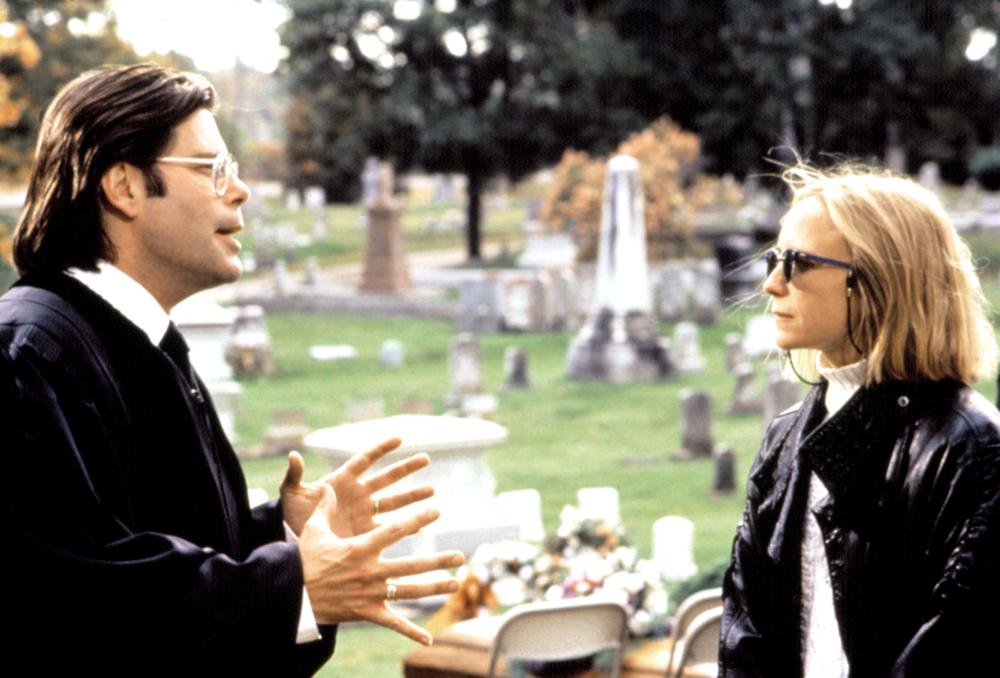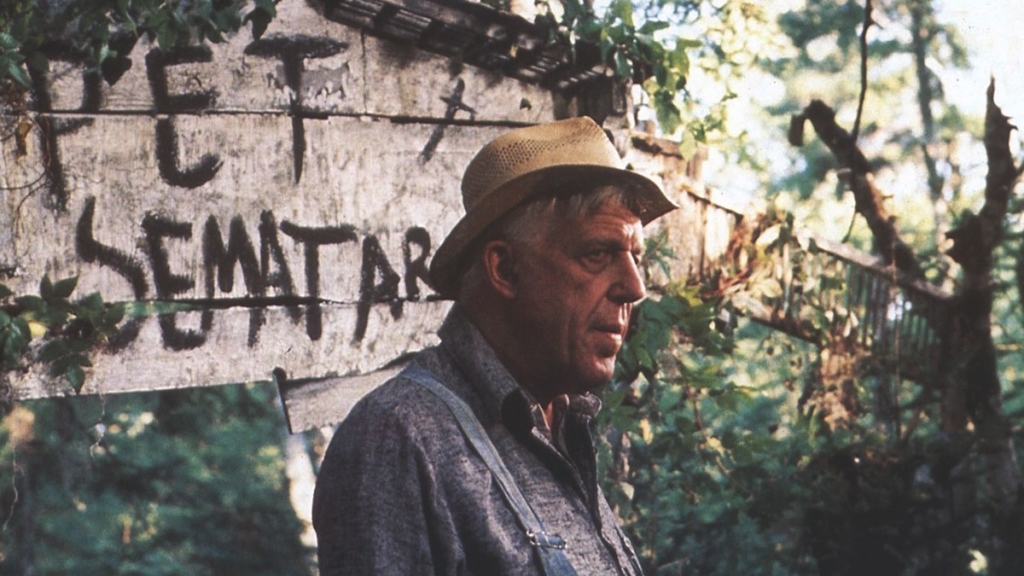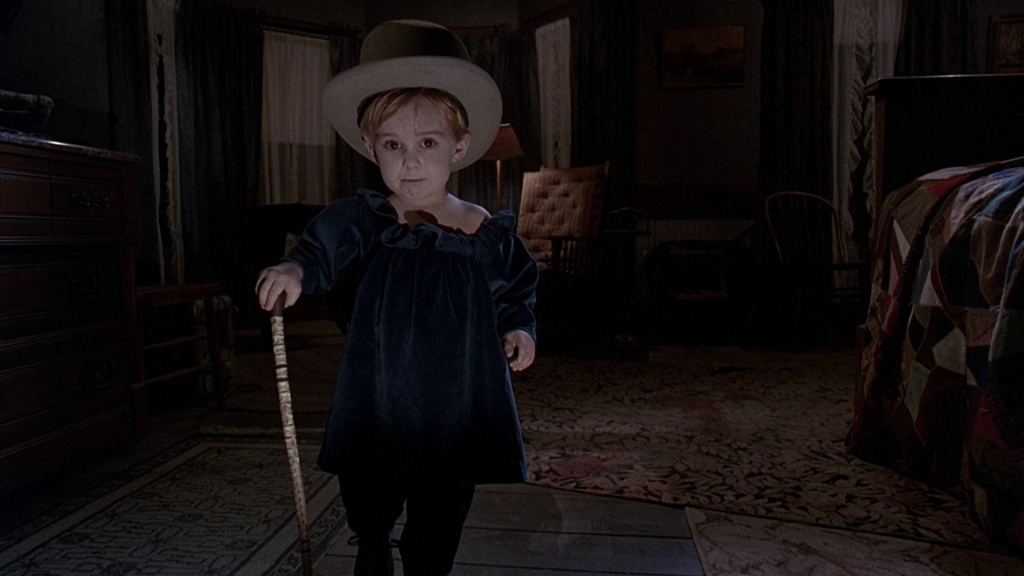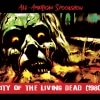As we celebrate the 30th anniversary of Mary Lambert’s ‘Pet Sematary’ film adaptation, we reflect on the impact she made on the genre.
Researching reviews for the 2019 Pet Sematary becomes a veritable mind field of unsubtle disses regarding the film’s 1989 predecessor. One distasteful headline touts “Mediocre new Pet Sematary still better than the old one.” On the surface, headlines like the aforementioned one might seem simply unprofessional and needlessly carping compared to more mildly titled reviews. However, there’s a troubling reality in this casual dismissal of the 1989 Pet Sematary.
Even in 2019, women filmmakers and creatives have yet to reach equity with their male counterparts. Thus, brushing aside the elder adaptation of Pet Sematary feels particularly heinous.
There’s no doubt that some deluded soul is out there claiming that 2019’s Pet Sematary is proof that women shouldn’t be directors, much less directors of horror movies. With the vitriol women in male-dominated fields are subjected to, one can almost guarantee that if this argument hasn’t been made publicly, someone is, without a doubt, harboring such an insidious viewpoint.
In 1988, director Mary Lambert embarked on a truly remarkable feat in making her adaptation of Pet Sematary.
Lambert’s keen patience and fortitude made Pet Sematary an enduring horror classic. And it should be continually celebrated for its inventiveness in light of the newer rendering. By the admission of the filmmakers and the producers of the 2019 version, they could not do — and would not do — what Mary Lambert did while making her own rendition of Stephen King’s terrifying novel.
The fact that directors Kevin Kolsch and Dennis Widmyer did not feel comfortable going quite as far as Lambert did with her version of ‘Pet Sematary’, despite having more technologically advanced filmmaking methods, speaks to her daring and resourcefulness as a filmmaker. While it might be tempting for some viewers to shun the elder adaptation, it is extremely important to remember how absolutely groundbreaking the film and Mary Lambert’s direction and vision was and, to a major extent, still is.
Even today, it is rare to see a woman behind the camera of a studio-funded horror film, so the sheer fact that Mary Lambert was the person helming 1989’s Pet Sematary was astonishing in and of itself.
The studio was originally eyeing George A. Romero for the director’s seat. But when he was unable to direct due to him directing Monkey Shines, Lambert stepped in. Lambert was known for directing iconic and memorable music videos for Madonna, Janet Jackson, and many other popular artists, as well as the feature film Siesta (1987).
Lambert was obviously confident in the power of King’s emotionally horrifying narrative.
She created a piece that was true to King’s vision and respected the demands that King made of the film. King required that the film be shot in Maine, where the novel itself is set. Lambert happily obliged and shot the film a mere twenty minutes from Bangor where King resided. Because of the proximity to King’s home, he was often on set interacting with the directors, actors, and crew.
Her conscientious casting is one of the most impressive facets of Pet Sematary. It was Lambert who was insistent on the casting of Fred Gwynne as Jud Crandall, and Gwynne was her only choice for the role. Paramount was not pleased with Lambert’s choice of Gwynne, because of his involvement with the Munsters. They were fearful that viewers might not take him seriously.
However, Lambert persisted in the face of studio dissent. As a result, audiences were given perhaps the finest portrayal of Jud Crandall that will ever be. It’s safe to say that the general consensus on Gwynne’s portrayal of Jud is that he not only embodies Jud, he is Jud. But he wasn’t the only essential and memorable member of the cast that Lambert had to lobby for to bring her vision to life.
Originally, Paramount wanted identical twins to play Gage Creed. Lambert had already hired twins Blaze and Beau Berdahl to portray Ellie Creed. Paramount wanted to do a similar identical twin casting for Gage in order to keep filming costs low. Lambert’s heart was already set on the adorable Miko Hughes to play Gage because of the toddler’s innate talent, and she pushed for his casting as well.
Following King’s heartrending novel was controversial from the start from an ethics standpoint.
In an interview with Entertainment Weekly, discussing the changes made in their version of Pet Sematary, Kolsch and Widmyer understandably brought up the ethical issues involving filming the traumatic and terrifying scenes toward the end of Pet Sematary with a toddler — and how that was considered when they changed the film’s casualty from Gage to Ellie.
It’d be irresponsible to assume that Lambert herself didn’t have these thoughts and concerns herself when it came to her film version. In the documentary Unearthed and Untold: The Path to Pet Sematary, Lambert discusses how Miko Hughes’s safety was always at the forefront when it came to filming.
The limitations of working with an actual toddler and staying true to the content of the book led to Lambert and her crew finding creative solutions when filming. For more difficult and potentially dangerous scenes, the creative team employed the use of a life-like doll modeled after Hughes. The doll paired with expert cinematography and film editing made it difficult to distinguish when the doll and the actual child were used.
While there is definitely nothing wrong with preferring the newer adaptation of ‘Pet Sematary’ over the 1989 version, there is a problem in dismissing, minimizing, and erasing the contributions of women to film and to horror. I’m not telling you which version to prefer — that is completely up to you and is determined by your taste — but I am humbly asking that we give Mary Lambert respect that she overwhelmingly deserves.
Mary Lambert is long overdue in receiving recognition for helping create a path for women directing horror today.
It’s time that we collectively give her contribution of 1989’s Pet Sematary reexamination and appreciate the hard work and innovation that went into its creation. It’s important to note that there have been exactly two feature films adapted from Stephen King works that were directed by women, excluding miniseries and television series adaptations, while the rest have been directed by a staggering number of men.
Mary Lambert was the first woman to helm a King adaptation. Kimberly Peirce was only the second with her adaptation of Carrie in 2013. It’s safe to say it’s past time for more women-helmed adaptations of King’s works.
It’s up to us as fans and as creators to not allow the contributions of women get lost or immediately disregarded. Now might be the best time to take another look at Lambert’s version of Pet Sematary. And that’s not just because of the recent adaptation. It’s also because today, April 21st, 2019 marks the 30th anniversary of the theatrical release of Lambert’s Pet Sematary.
So, perhaps take time out of your schedule to give the film another watch. I also encourage you to stream the documentary Unearthed and Untold: The Path to Pet Sematary, which features Lambert talking at length about the production of the film.
If you’re a fan and so inclined, you might even want to drop a line to Mary Lambert on Twitter (her handle is @TheMaryLambert) and let her know how much the film and her work means to you.























Follow Us!